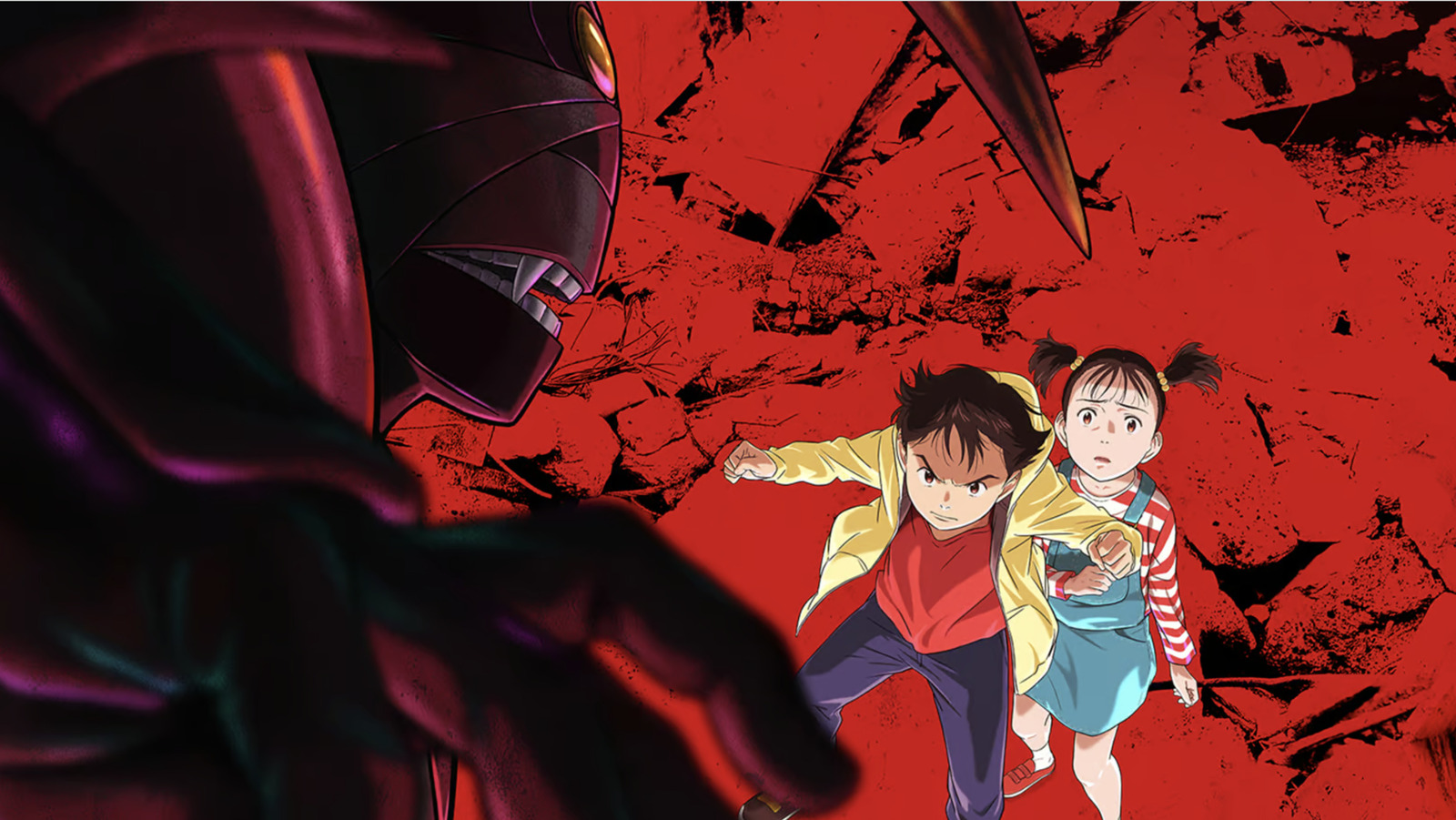
As I read the manga and then absorbed this new anime, the thought of “Watchmen” couldn’t escape my mind, and not just because both it and “Pluto” are murder mystery comics. What Alan Moore and Dave Gibbons did with “Watchmen,” Urasawa and Takashi do with “Pluto” — take comic characters of old (the heroes of Charlton Comics in “Watchmen,” Tezuka’s creations in “Pluto”) and reimagine them through their artistic lens.
Naoki Urasawa is a manga legend, but only about half of his works have been adapted to anime: “Yawara!” (about the eponymous Japanese girl training to be an Olympic Judo champion with her grandfather), “Master Keaton” (an adventure story about a part-time archaeologist, part-time insurance investigator) and his magnum opus “Monster,” (a horror-thriller about a Japanese-German doctor hunting a serial killer whose life he once saved).
“Pluto” now joins their esteemed ranks; the anime was first announced in 2017 and now arrives on the 20th anniversary of the manga (“Pluto” ran from 2003 to 2009). The 2003 start date isn’t incidental. Part of the backstory of “Pluto” is the “39th Central Asian War,” where the United States of Thracia (apparently it was the Greeks who sailed West in this alternate history), led an invasion of Persia. Supposedly, the UST needed to dispose of dictator Darius XIV, who was supposedly building a secret robot army. No such army existed, but the war went ahead and the Persian people suffered. Pluto’s robot and human victims all served in this war and their connection to it is crucial to unraveling the mystery.
If this sounds like a transparent allegory for the Iraq War, it should; that invasion also began in 2003. The war has gone from timely commentary in the manga to a sobering reminder of historical atrocity in the anime.
